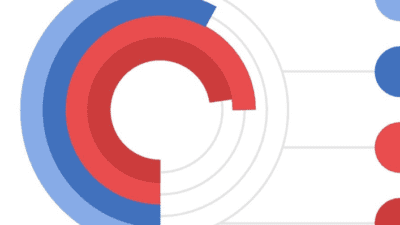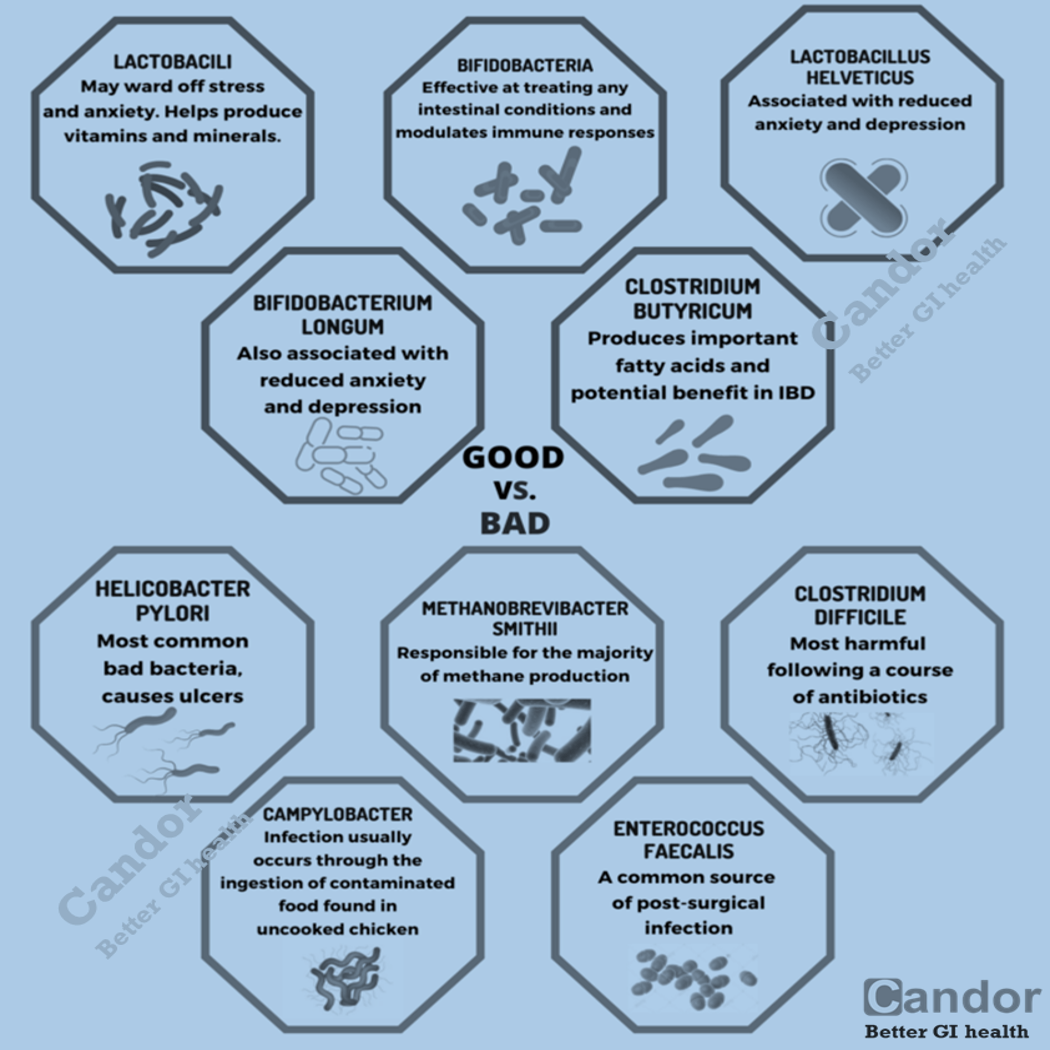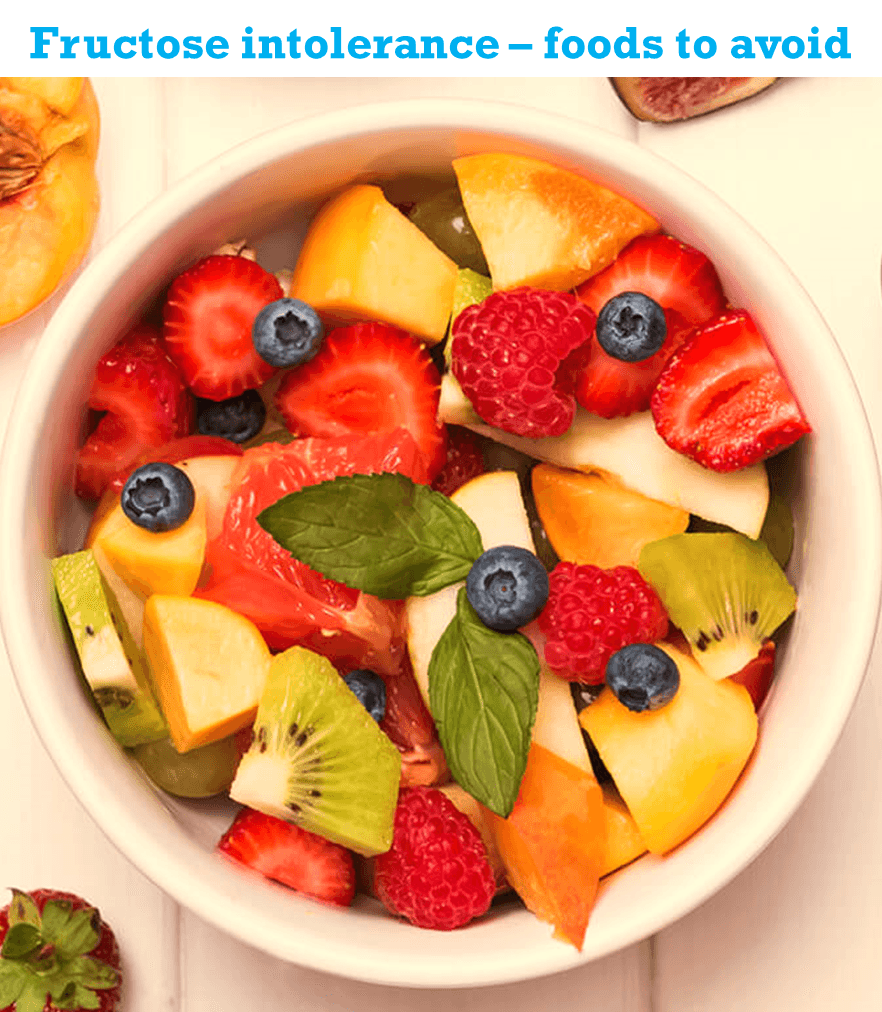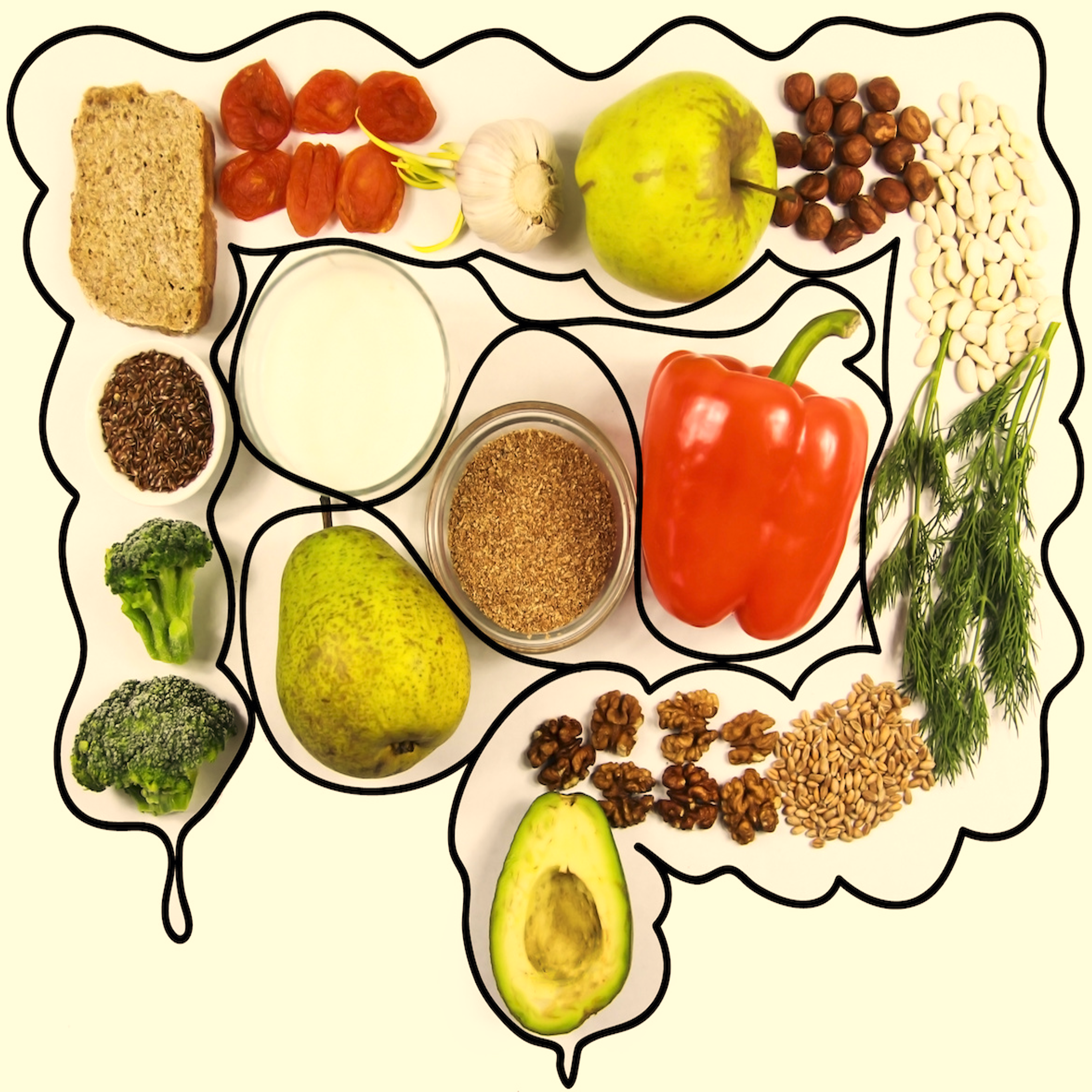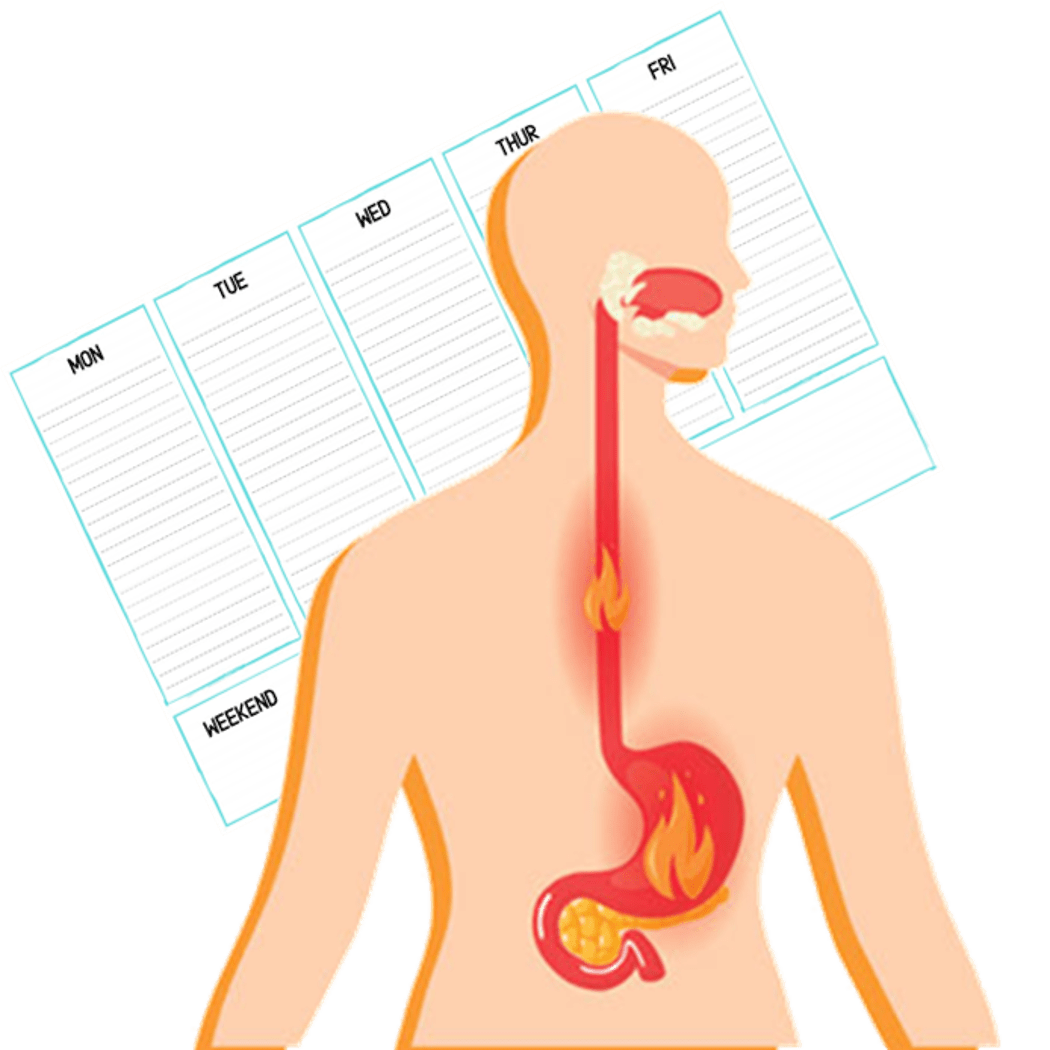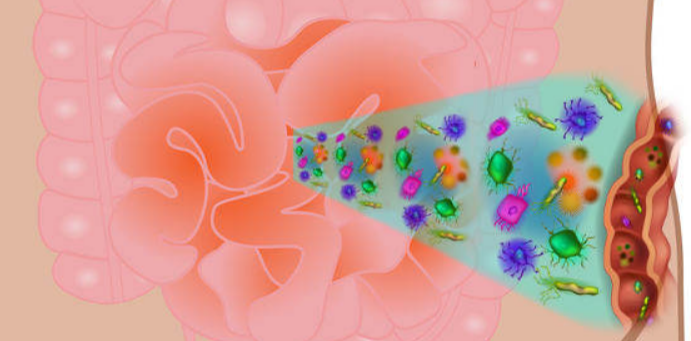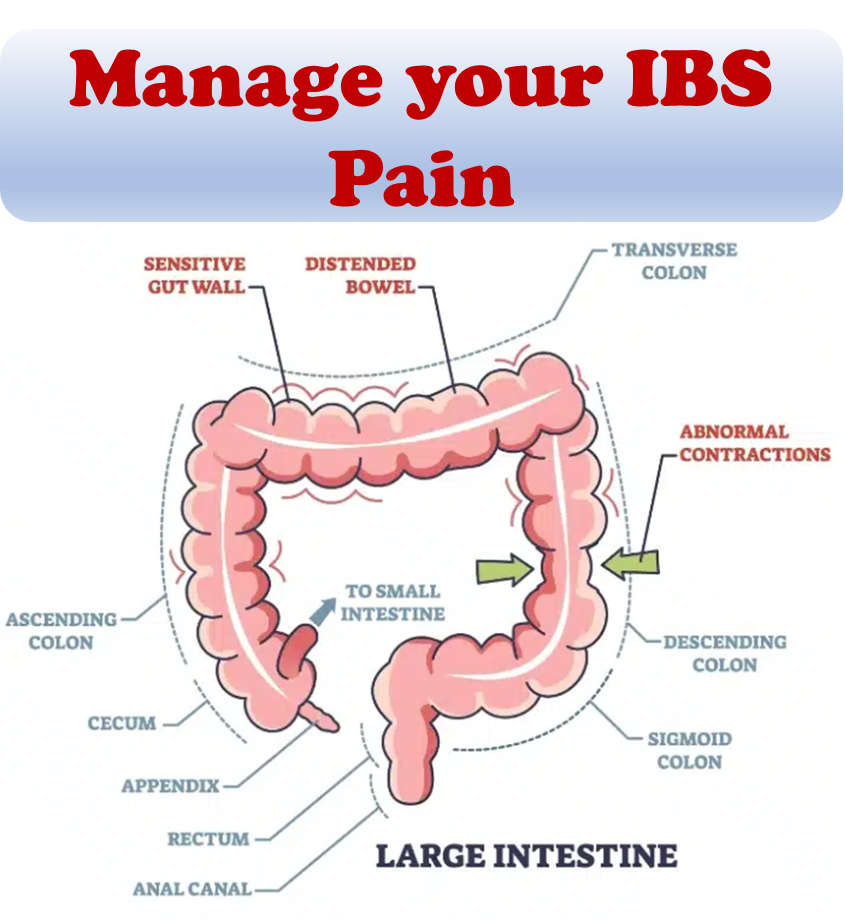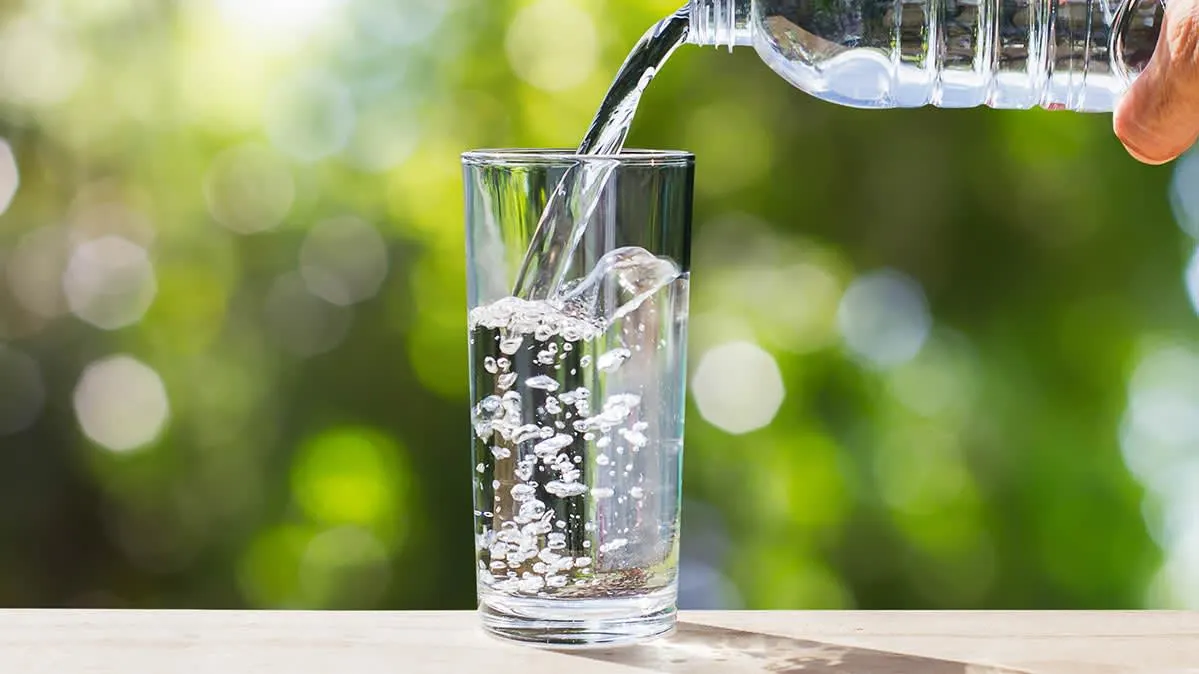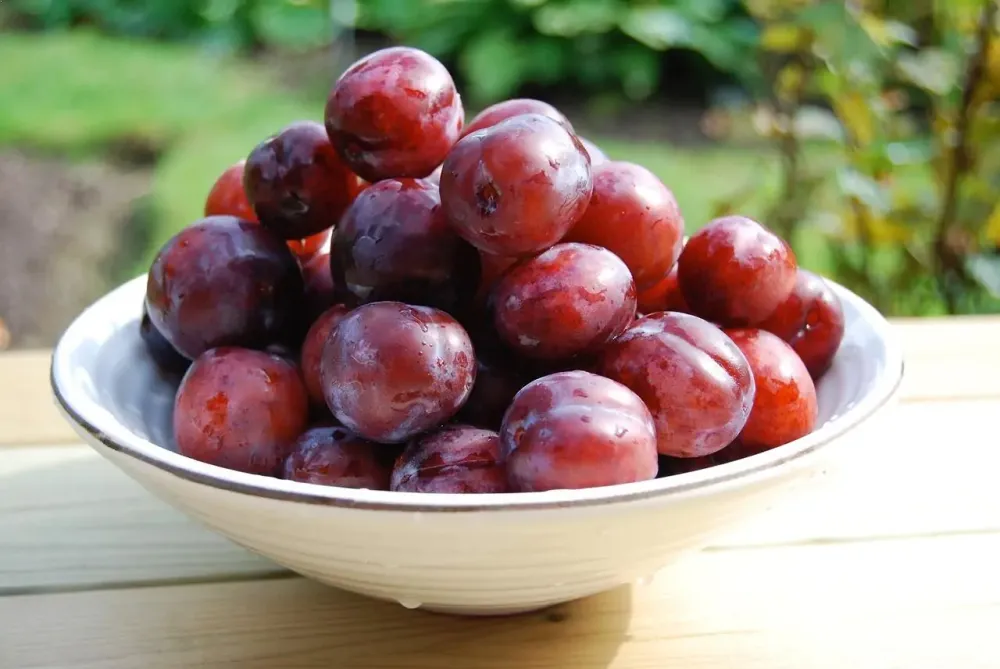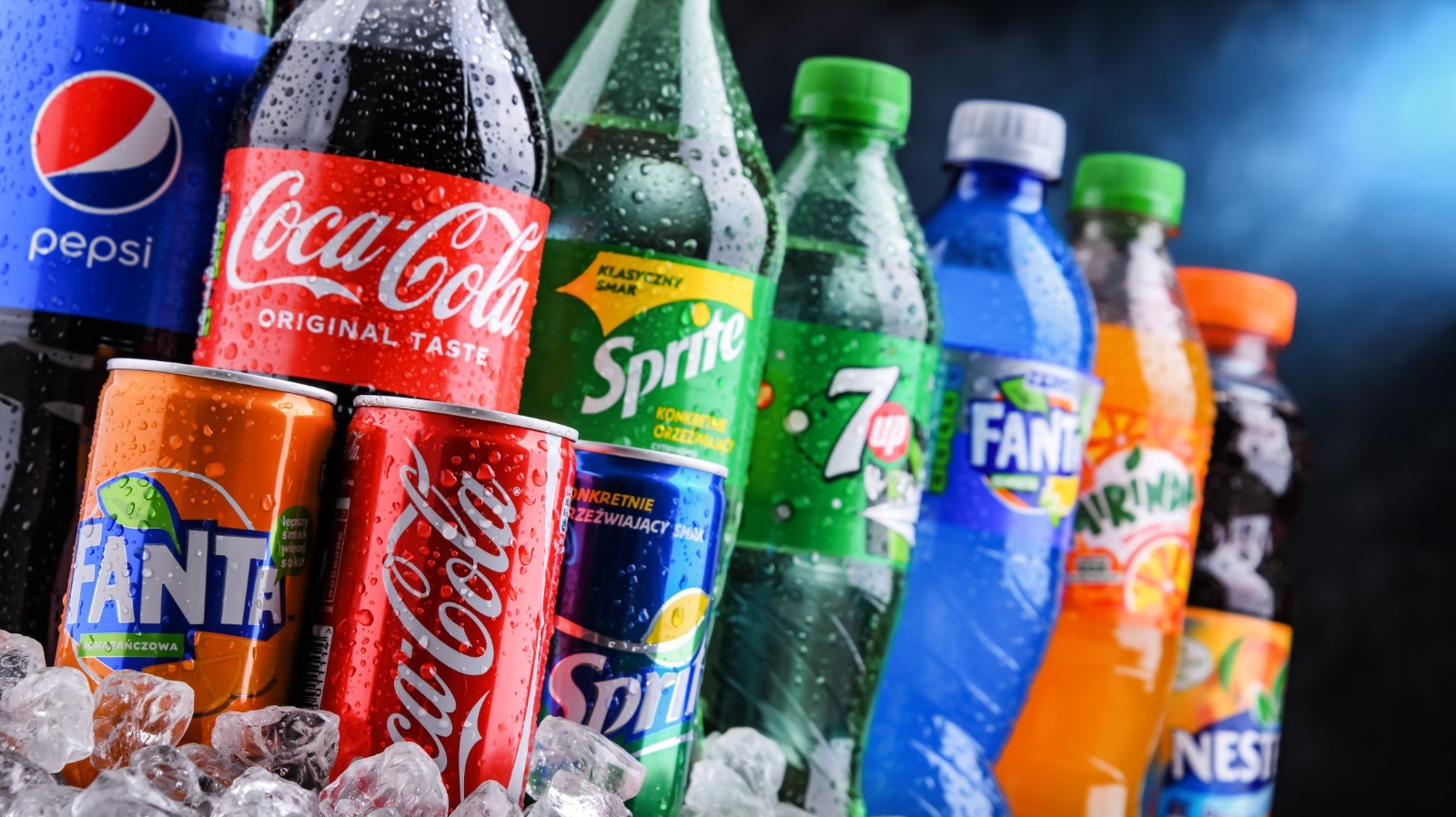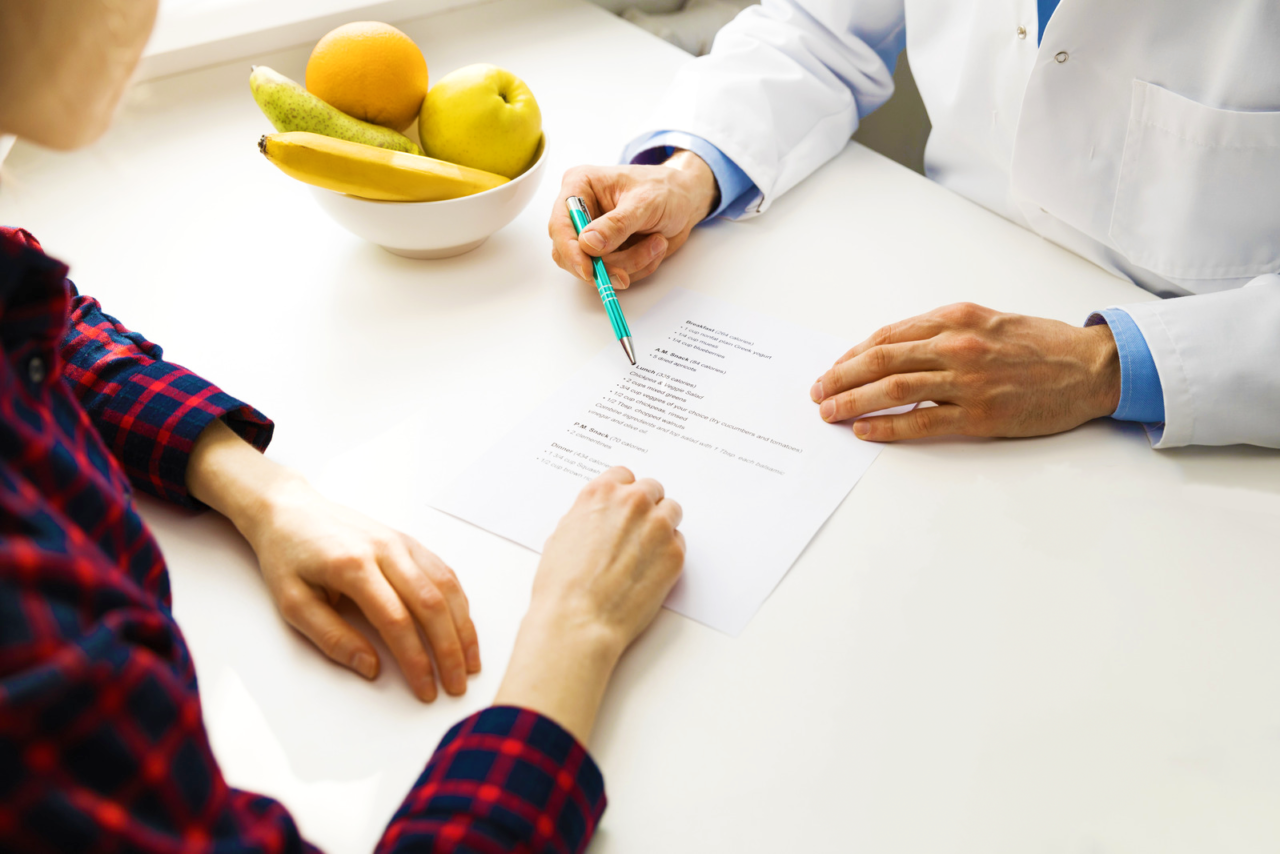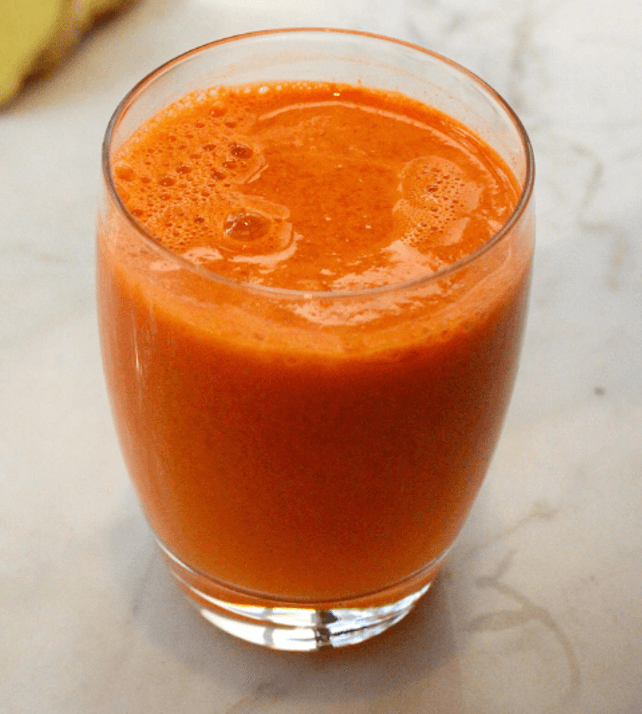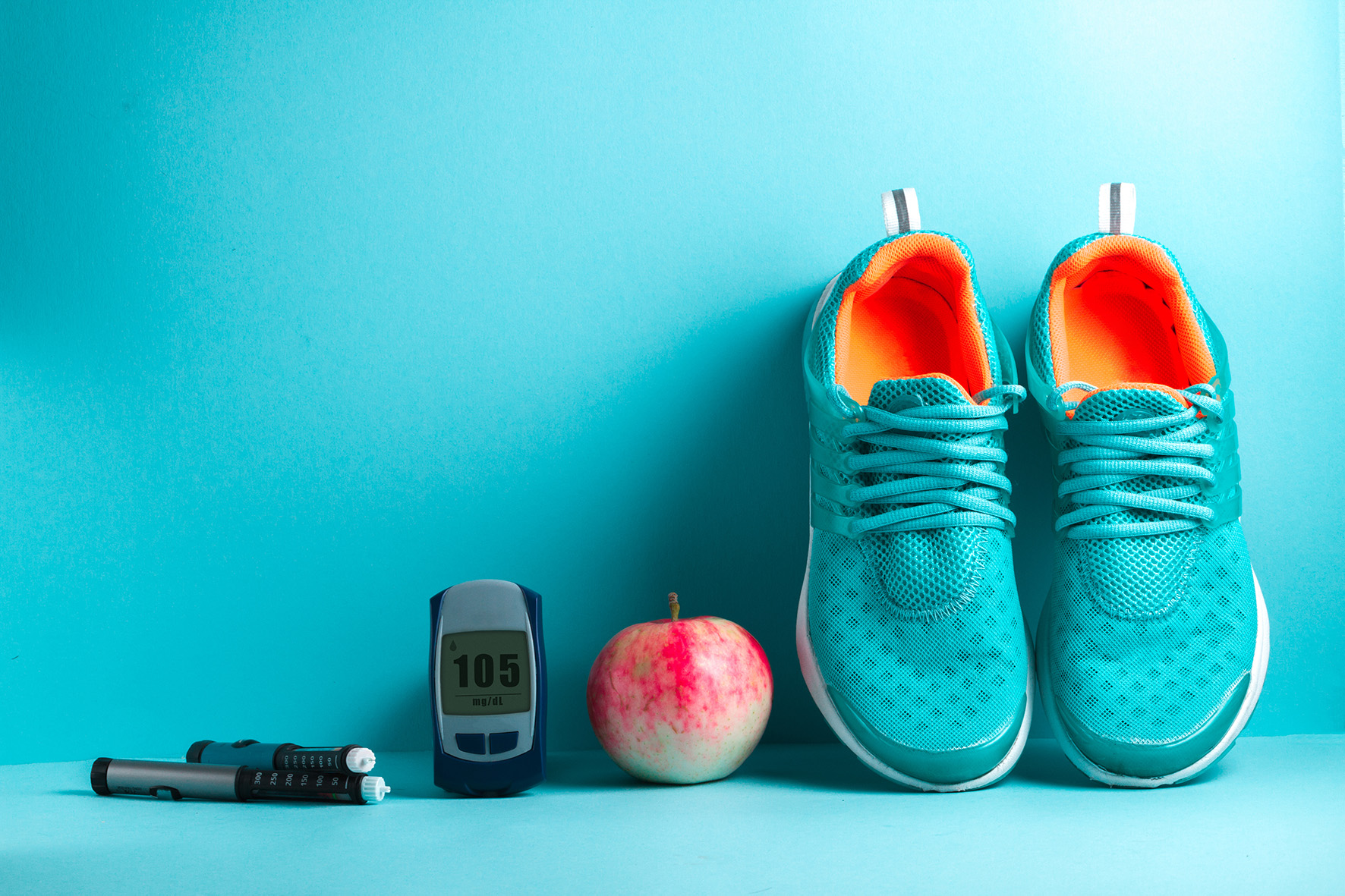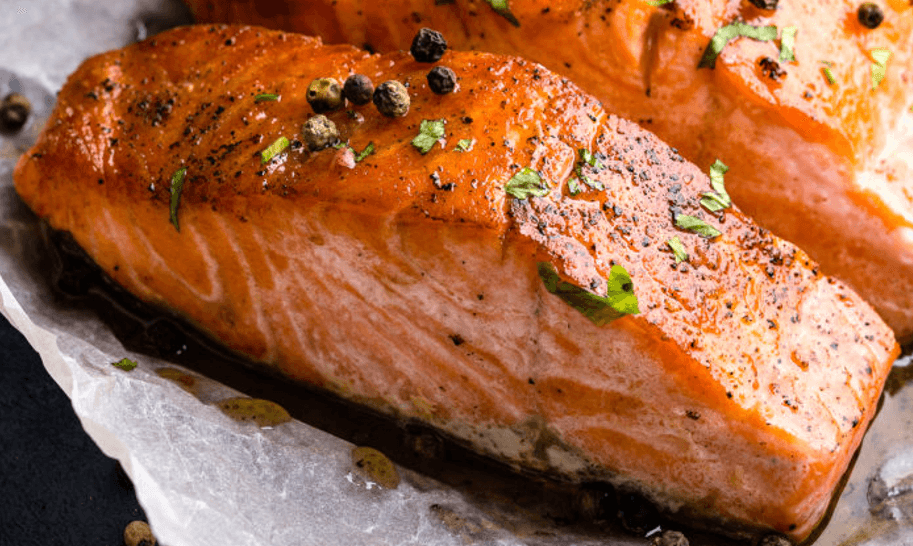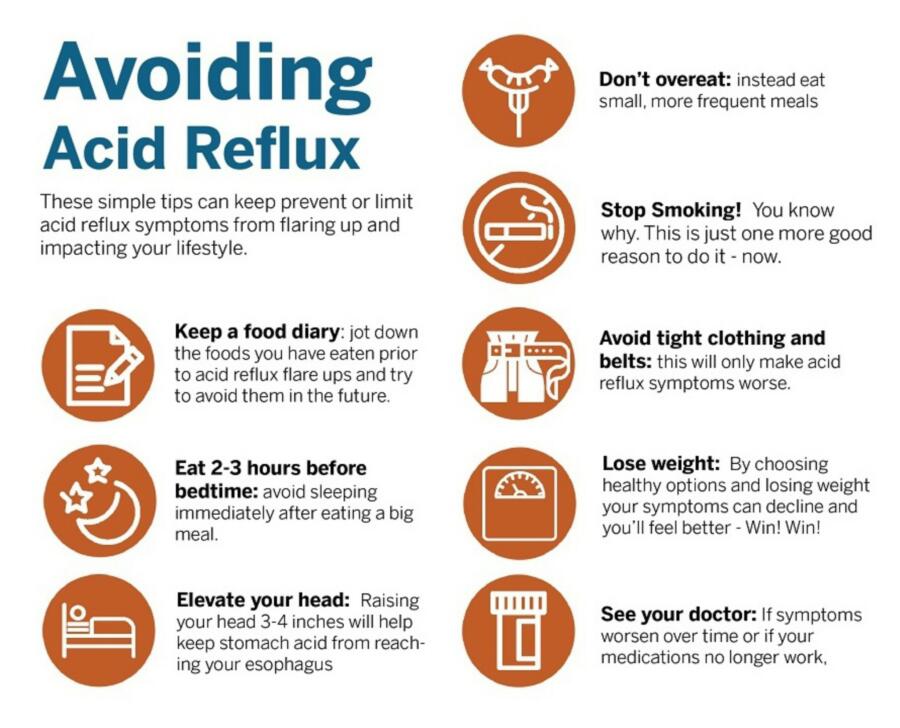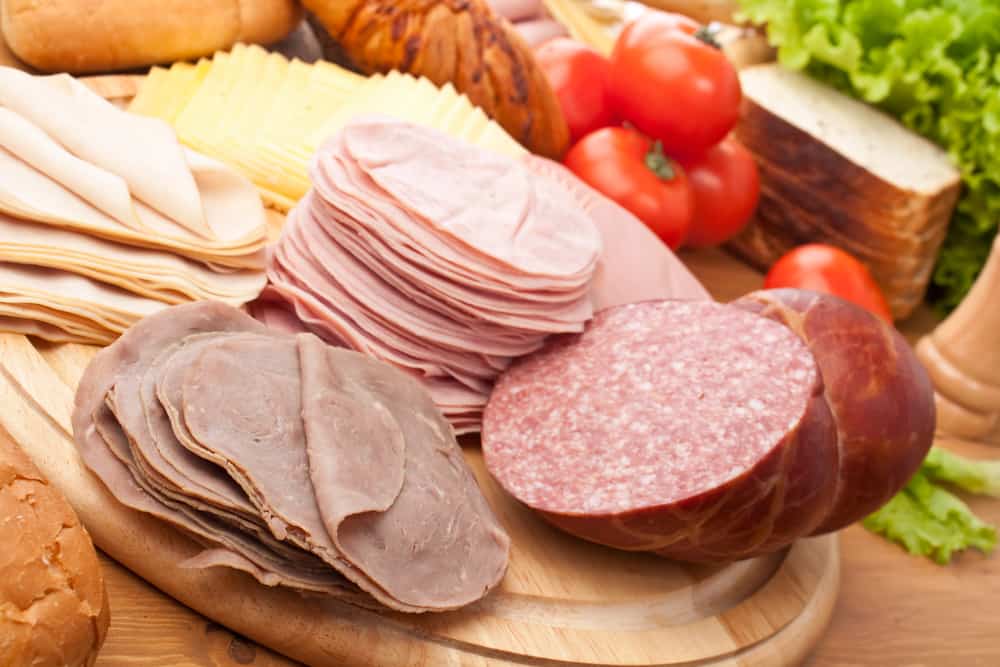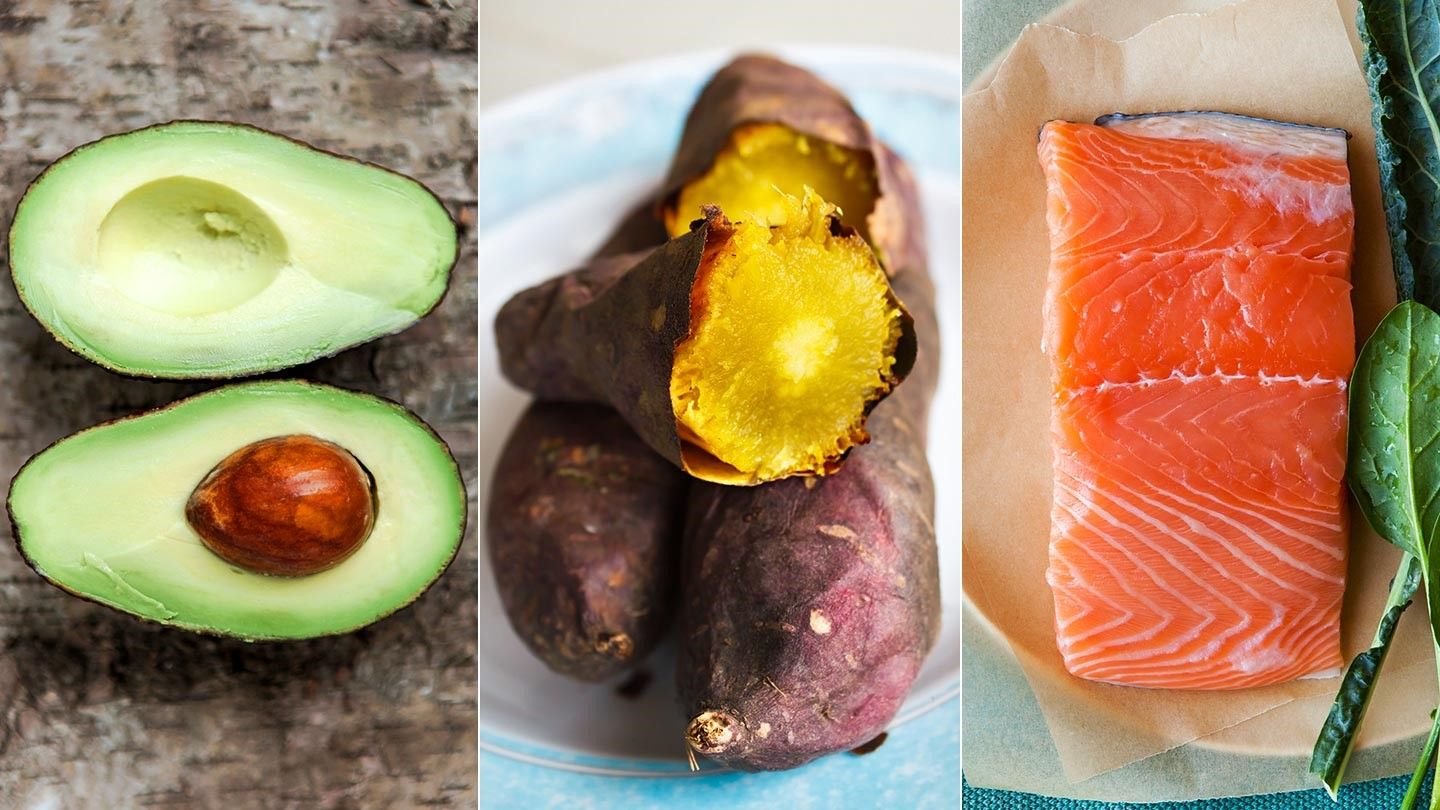Fructose Malabsorption
Fructose malabsorption is a digestive disorder in which absorption of fructose is impaired by deficient fructose carriers in the small intestine’s enterocytes. This results in an increased concentration of fructose in the entire intestine. In some cases, fructose malabsorption may be caused by several diseases which cause intestinal damage, such as celiac disease. Fructose malabsorption may cause gastrointestinal symptoms such as abdominal pain, bloating, flatulence or diarrhea.
Fructose is absorbed in the small intestine without the help of digestive enzymes. Even in healthy persons, however, only about 25–50 g of fructose per sitting can be properly absorbed. People with fructose malabsorption absorb less than 25 g per sitting and simultaneous ingestion of fructose and sorbitol seems to increase malabsorption of fructose. Fructose that has not been adequately absorbed is fermented by intestinal bacteria producing hydrogen, carbon dioxide, methane and short-chain fatty acids. This abnormal increase in hydrogen may be detectable with the hydrogen breath test.
The physiological consequences of fructose malabsorption include increased osmotic load, rapid bacterial fermentation, altered gastrointestinal motility, the formation of mucosal biofilm and altered profile of bacteria. These effects are additive with other short-chain poorly absorbed carbohydrates such as sorbitol. The clinical significance of these events depends upon the response of the bowel to such changes. Some effects of fructose malabsorption are decreased tryptophan, folic acid and zinc in the blood. Research studies indicate that restricting dietary intake of free fructose and/or fructans may provide symptom relief in a high proportion of patients with functional gut disorders.
There is no known cure, but an appropriate diet may provide relief. The ingestion of glucose simultaneously with fructose improves fructose absorption and may prevent the development of symptoms. For example, people may tolerate fruits such as grapefruits or bananas, which contain similar amounts of fructose and glucose, but apples are not tolerated because they contain high levels of fructose and lower levels of glucose.
References:
1. National Institutes of Health (NIH)
2. National Institute of Diabetes and Digestive and Kidney Diseases (NIDDK)

